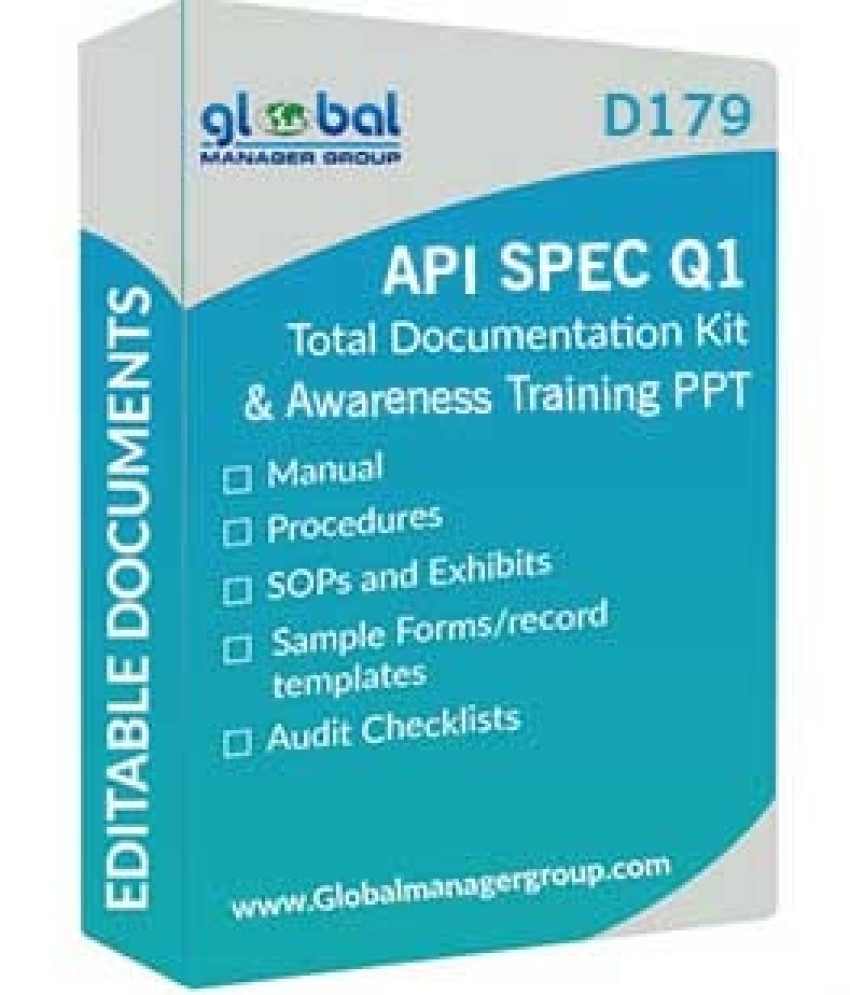
API development stands at the forefront of technological innovation, using seamless integration and conversation between various software structures. To navigate this complex landscape effectively, developers must adhere to established requirements and great practices. The API SPEC Q1 manual serves as a beacon in this regard, supplying a complete framework that emphasizes both high quality and compliance.
Unlocking the Potential of API SPEC Q1 Documents
on the coronary heart of API development high-quality practices lie the API spec Q1 documents. These files serve as a blueprint, outlining the specs and necessities that developers should adhere to at some stage in the development lifecycle. Expertise and meticulously following these documents guarantees consistency, interoperability, and reliability in API layout and implementation.
Navigating API Q1 Procedures with Precision
The API Q1 documents are complemented through distinctive techniques outlined in the API SPEC Q1 manual. These approaches guide developers via the various ranges of API development, from preliminary layout to checking out and deployment. By embracing these strategies, developers can decorate the robustness of their APIs, minimize errors, and expedite the improvement method.
Key Components of API SPEC Q1 Best Practices
1. Quality Assurance and Testing:
Rigorous trying out is a cornerstone of API improvement exceptional practices. The API SPEC Q1 guide locations a sturdy emphasis on great assurance processes, making sure that APIs meet stringent requirements earlier than deployment. This proactive method minimizes the chance of insects and vulnerabilities, enhancing the general reliability of the API.
2. Documentation Clarity:
Comprehensive and clean documentation is a trademark of a hit API improvement. The API spec Q1 documents provide a based format for documentation, permitting developers to articulate the capability, parameters, and usage in their APIs successfully. Well-documented APIs foster collaboration amongst improvement groups and simplify integration for stop-users.
3. Risk Management and Compliance:
API development exists within a regulatory landscape, and adherence to compliance standards is non-negotiable. The API SPEC Q1 guide carries sturdy danger control practices, ensuring that developers are equipped to become aware of, verify, and mitigate risks efficaciously. Compliance with these requirements instils self-belief among stakeholders and establishes a basis for sustainable development.
Optimizing API Development Workflow
By integrating the principles outlined in the API SPEC Q1 manual into the improvement workflow, builders can streamline tactics and reap the most useful effects. Embracing those best practices now not handiest elevates the fine of the APIs however additionally contributes to the general efficiency of the improvement lifecycle.
Conclusion
Inside the aggressive and rapidly evolving realm of API improvement, achievement hinges on a commitment to excellence and adherence to industry standards. The API SPEC Q1 guide, with its focus on exceptional practices, serves as a guiding mild for builders meaning to create robust, interoperable, and compliant APIs. From meticulous documentation to stringent fine warranty tactics, embracing the concepts mentioned within the API SPEC Q1 guide is strategic funding in the success of API improvement projects. As technology continues to advance, individuals who master these satisfactory practices are poised to lead the way in shaping the destiny of API development.


